
Corrections Trends
Some help desk questions frequently asked by corrections practitioners may be categorized as corrections trends. These trends come from corrections professionals who have questions that have not been answered before. The trends are updated regularly to reflect the latest information available.
- A halfway house is a living environment that supports recovery for people transitioning out of drug and/or alcohol rehab, mental health treatment, and/or incarceration

- The use of body cameras in the corrections field has the potential to improve the safety and security of jails, prisons, and other correctional facilities. The following resources focus on the use of body cameras in criminal justice and correctional settings.
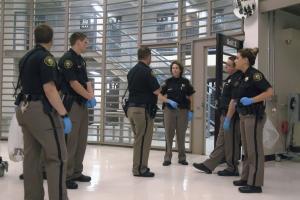
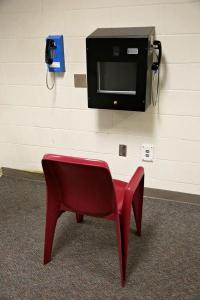
Artificial Intelligence (AI) in corrections has the potential to enhance decision-making processes, improve the efficiency of risk assessments, and support the selection of appropriate rehabilitation services. These technologies can help manage and supervise individuals in the system more effectively, leading to improved safety for both clients and the public.

Contraband, including drugs and weapons, poses a significant risk in correctional environments, where the potential for violence and drug abuse is high. Incarcerated individuals may engage in smuggling drugs and weapons, organizing escape attempts, or arranging for crimes to be committed after acquiring contraband.
This page contains links to publications, agencies, and multimedia resources related to contraband detection and control.

The following resources relate to the use of Virtual Reality (VR) technology in correctional settings. Research covers a range of applications, from staff training to behavioral health applications for incarcerated individuals.
Digitalising Corrections
Prison, parole, and probation agencies are witnessing the introduction of a range of digital technologies to deliver services to the incarcerated, support practitioners, and create new forms of surveillance and social control.
The First Step Act is a bipartisan criminal justice reform law enacted in December, 2018. It aims to improve federal prison conditions, reduce recidivism, and provide sentencing reforms for qualifying nonviolent offenders. The act represents a shift towards a more rehabilitative and fair approach in the federal prison system, emphasizing second chances for eligible inmates while maintaining public safety.
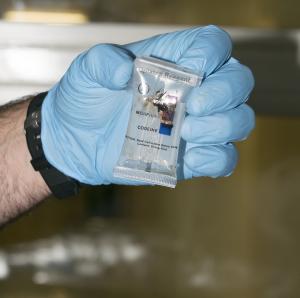
Illicit drugs, particularly fentanyl and other synthetic opioids, pose a significant threat to correctional facilities. These substances can lead to overdoses, increased violence, and compromised security. Effective detection and prevention strategies are crucial to maintaining safety for both staff and the incarcerated.
Substance Abuse and Mental Health Services Administration (SAMHSA) Overdose Prevention and Response Toolkit
Audit of the Department of Justice’s Efforts to Protect Federal Bureau of Prisons Facilities Against Threats Posed by Unmanned Aircraft Systems
Report contains seven recommendations to improve the BOP's t racking of drone incidents and promote efforts to protect its facilities against drone threats. The BOP and DOJ agreed with these recommendations and on April 13, 2020, the Attorney General finalized guidelines on how DOJ components will be authorized to counter drone threats.
This "Knowledgebase" focuses on the use of volunteers in criminal justice settings. Volunteers can and do provide a variety of services within state and local correctional systems. These include but are not limited to the following: Providing special instruction in a particular area such as tuto....
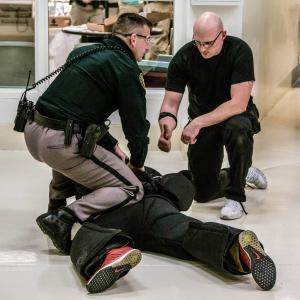
Personal Safety Inside Prison [Article] ToersBijns, Carl, 2015 Document ID: 029790 The Corrections Profession: Maintaining Safety and Sanity, Part 1 [Webinar] Spinaris, Caterina, Mike Denhof, and Greg Morton, Desert Waters Correctional Outreach (DWCO), National Institute of Corrections (NIC) ....

The United States federal prison system was formally established in 1891 with the passage of the Three Prisons Act. This legislation authorized the construction of three federal penitentiaries: United States Penitentiary (USP) Leavenworth in Kansas, USP Atlanta in Georgia, and McNeil Island in Washington State.
In 1930, Congress created the Federal Bureau of Prisons (BOP) within the Department of Justice through Public Law No. 71-218, 46 Stat. 325. The Bureau is tasked with overseeing all federal correctional institutions, which at the time included 11 facilities. This marked a major step toward standardizing regulations and improving oversight of the federal prison system.
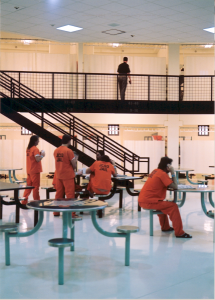
Useful links have been compiled to help you find people who are incarcerated in the United States.














